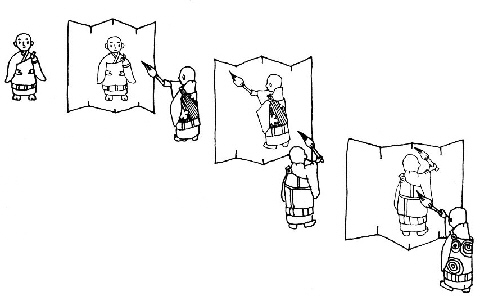
I’m in the Japan Times Bilingual page this week: “Repetition and role-play are crucial for speaking success in Japanese.”
I was stunned to see that no one had previously written about 早口言葉 (はやくちことば, tongue twisters)…as long as the search engine on the JT can be trusted.
They seem silly at first, but they’re actually really good speaking practice. So is just randomly repeating Japanese phrases while you’re at home alone. Gotta keep those muscles trained, and it’s fine to sound like a clown when no one’s around.
I wasn’t able to include one of my favorite tongue twisters: 坊主が屏風に上手に坊主の絵を描いた (Bōzu ga byōbu ni jōzu ni bōzu no e o kaita, A monk draws a picture of a monk on a folding screen well).
And of course there’s an excellent Yahoo Chiebukuro post where someone asks for the correct phrasing: Is the monk drawing a picture of a monk or ジョーズ (Jaws) or B’s (a band I think?). Someone mentions that only a monk would have existed pre-war. Another guy mentions that it could be regional and that near Universal Studios Japan (Osaka) they used Jaws…which sounds about right. Osaka is known for its sense of humor, but it could also very easily be just an elementary school thing. Those kids love jokes like that.
At any rate, an image search for a 上手坊主 led me to this amazing blog post that takes this absurd phrase to its logical conclusion: 坊主が屏風に描いた坊主が屏風に描いた坊主が屏風に坊主の絵を描いた.
I’ve taken the liberty of borrowing the image from the post (the blog appears to be deceased and originally intended to help old people retain their memory and eyesight?) and reproducing it above, but it’s an interesting read. Go check it out.
TJ(Too Japanese);DR: because of the way Japanese modifiers work, the language itself is easier to read silently rather than out loud. Modifiers (修飾) get stacked up upon a subject, and if you’re reading out loud you must sail only forward through unknown seas, while you may look back and forth if you’re reading silently and you are not slave to the unceasing plodding of your vision? Seems legit?
Y’all have any favorite 早口言葉?

I appreciate how they took the time to draw every monk differently.